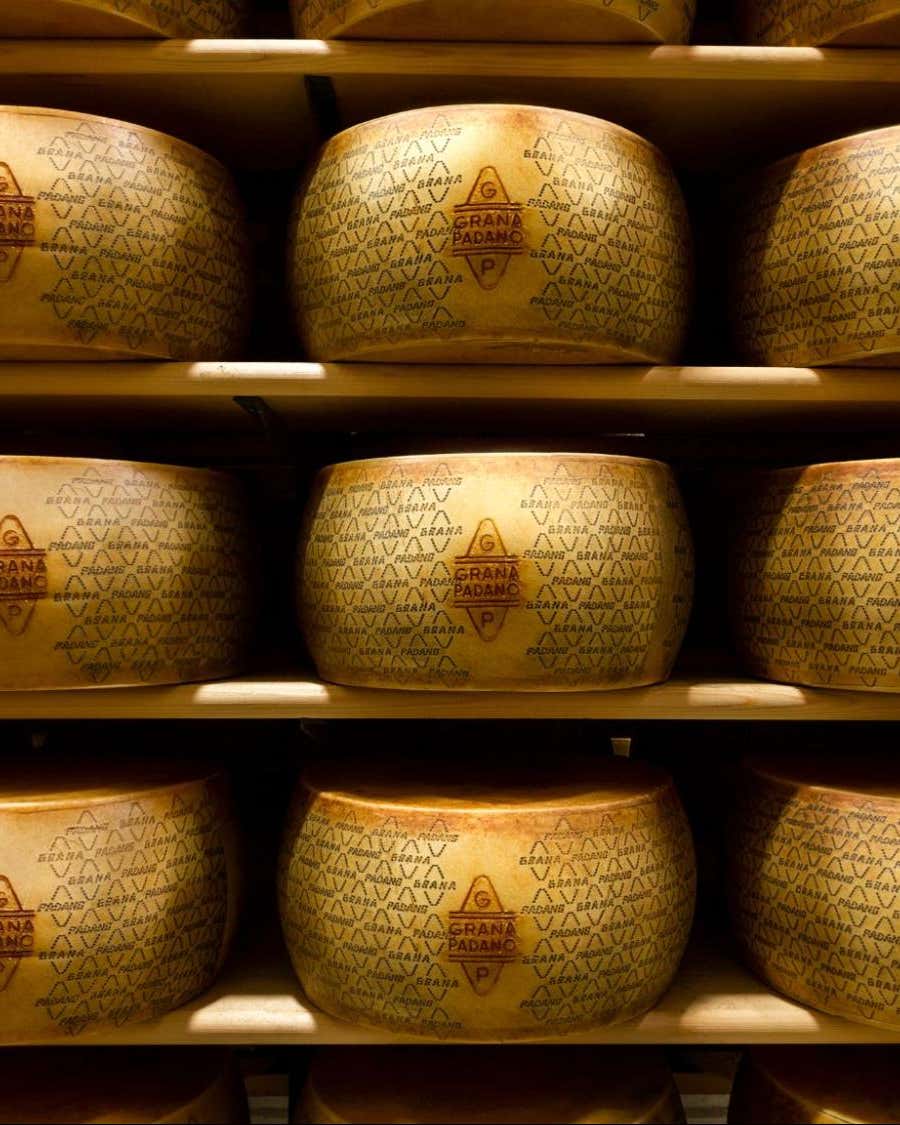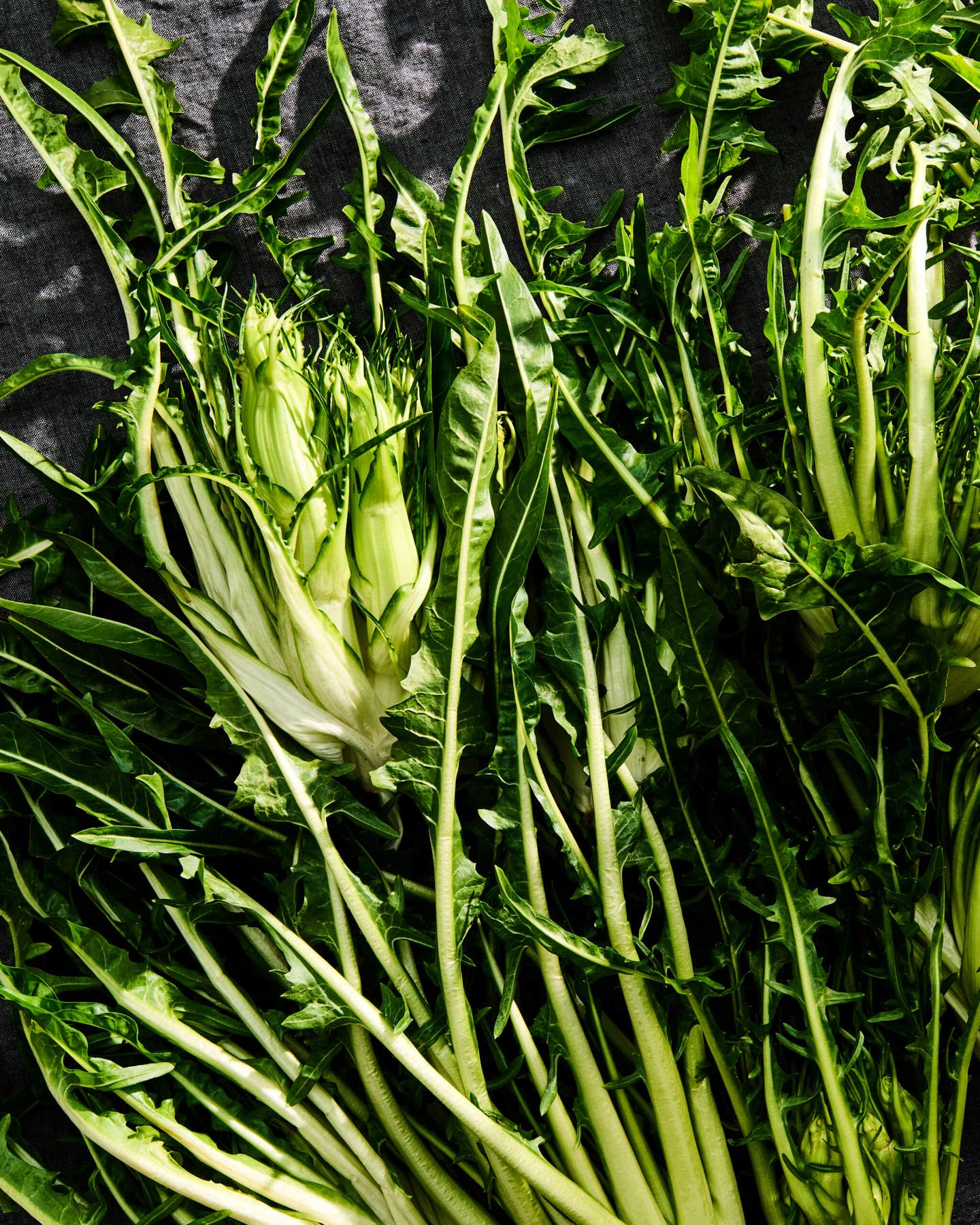
Solid on Grounds
Corby Kummer, a senior editor specializing in food and travel for The Atlantic Monthly, seems always on a trip, geographic or cerebral. Whether he's cruising across Italy on a quest for the perfect vinegar, or tasting his way towards the quintessential fingerling potato, Kummer has probed the gestalt of just about every variety of food and drink likely to land on the American table.
It is coffee, however—the tree, the bean, and the stuff in the cup—that seems to have most intrigued Kummer in recent years. For The Joy of Coffee: The Essential Guide to Buying, Brewing and Enjoying (Houghton Mifflin Company, 2003 revised edition), he has done his homework, in the field and in the pantry, beginning his journey on the ground, in the tropical highlands of Costa Rica, following coffee beans on their passage from plantation to stateside roasting facilities and cupping rooms, where brokers and roasters judge them. But his story really takes off, ironically, when he gets home.
The "how-to" section of the book is superb, with chapters on grinding and storing and on brewing—you get the feeling he has tested every grinder and coffee maker dozens of times—and a detailed chapter on espresso-based drinks.
I quickly got the fever myself, and immediately wanted to drag out my 1970s-era Melior plunger pot, and power up my long-idle Gaggia espresso maker. I couldn't wait to brew cup after cup following Mr. Kummer's directions (so specific as to include instruction on how to pour water into a filter!), in part to test his techniques and judgments, and in part to see if I could, with his help, at last concoct that Holy Grail of java, the perfect cup of coffee.
That's when I realized that this book could prove a danger to gadget freaks—to those of us with a tendency to become as obsessed with gear and process as with final product. Kummer tantalizes the reader with a series of shiny devices (some of them very expensive, the best of them displayed in hotographs) that call out to the gizmo-happy with the allure of their machine-world precision. I fear I won't be happy until I own every machine he touts.
Kummer's survey of devices spurred me to reverie as well as product lust, transporting me to kitchen tables and cafes where I've drunk extraordinary cups (or glasses or bowls) of coffee over the years. His description of the vacuum-brewing process and praise of the Cona two-globed glass vacuum pot (which he says makes perhaps the best cup of coffee in the world—"coffee at its purest and most lyrical") took me back to Japan in 1989. There, in a small cafe in the tony Aoyama district of Tokyo, I watched while two women—with an intricate juggling of equipment whose complexity rivaled that of the tea ceremony—measured fine Guatemalan coffee into a Cona, brewed it, and poured it into an etched-glass cup for me. It cost about $9, but it was rich and bright and unforgettable—pure and lyrical indeed.
My quibbles with the book are minor: If you are accustomed to the wit of the author's Atlantic Monthly pieces, his restrained style here may leave you unsatisfied—much as a cup of decaffeinated just doesn't cut it in the morning. The verbal sparks that suffuse his shorter magazine pieces are largely absent here. And a tiny thread of perfectionist elitism runs through the book, always a danger when someone sets out to pursue the best of anything. But at least Mr. Kummer has the good sense, after mapping out the route to a perfect cup of coffee, to say, in effect, "It's your coffee maker and your coffee. Do what you want with them."
Keep Reading
Continue to Next Story










